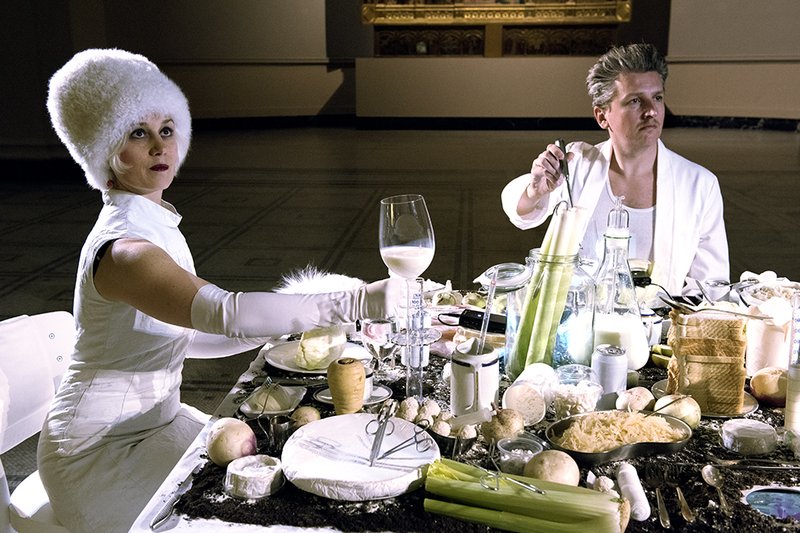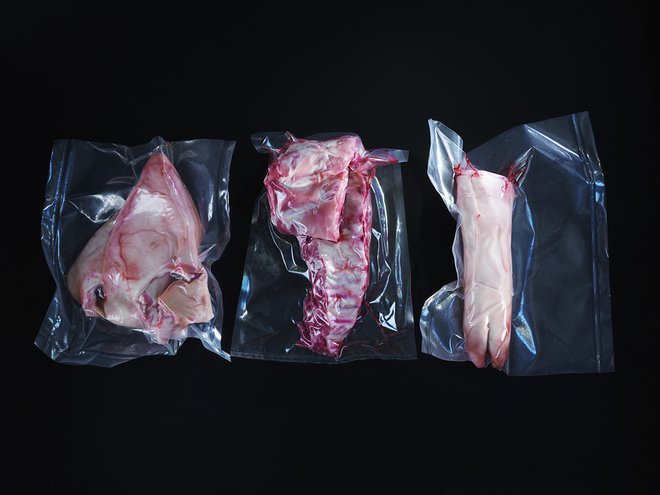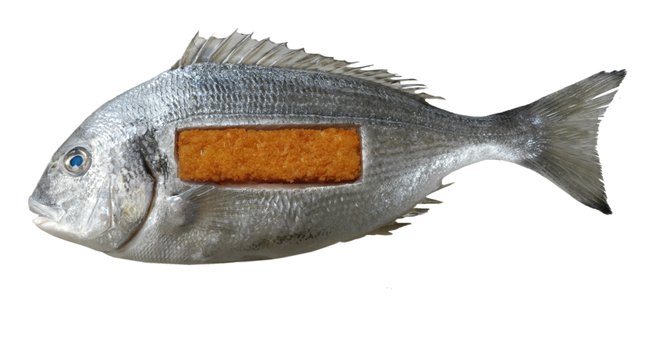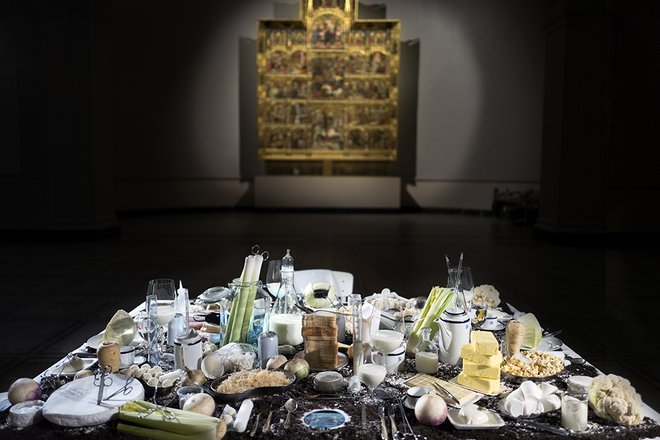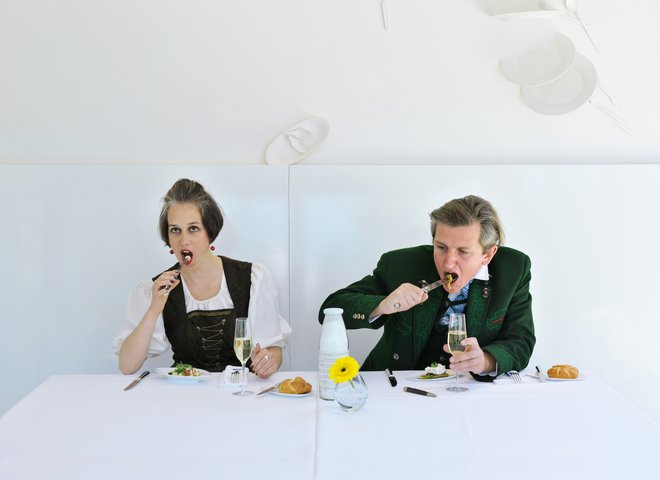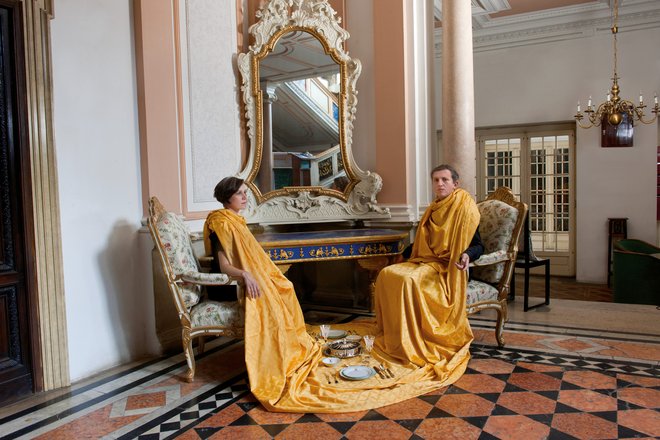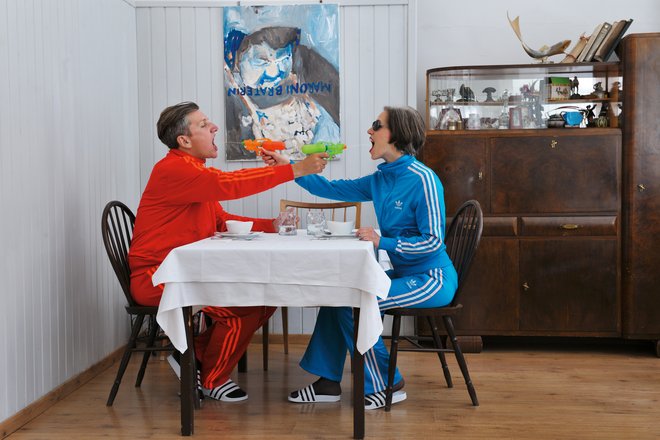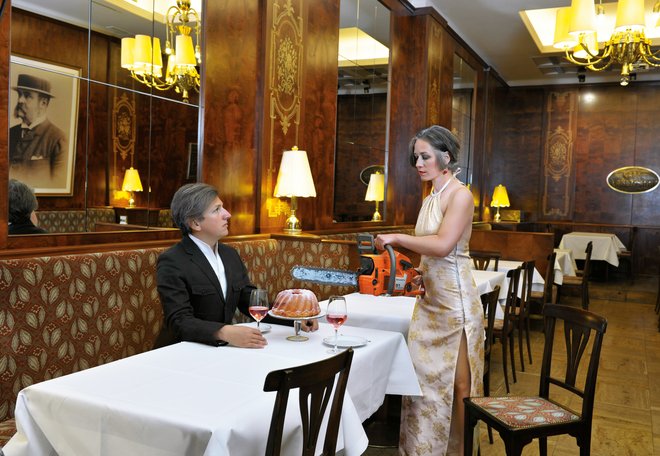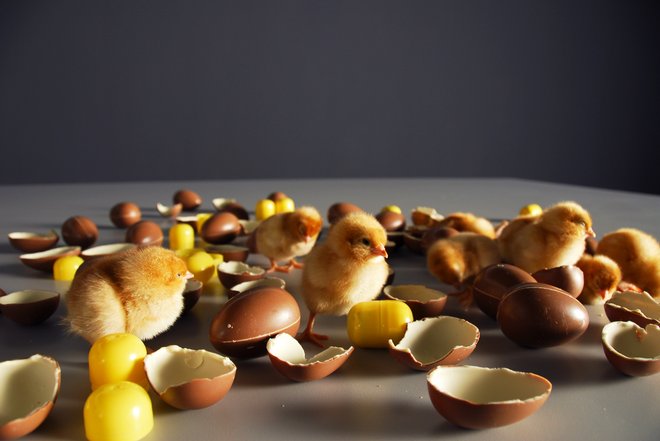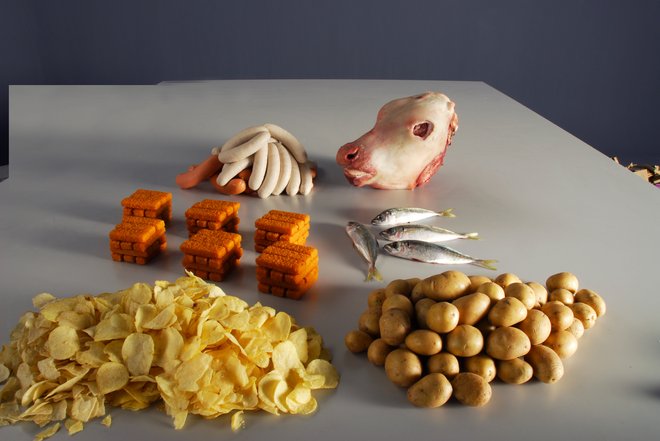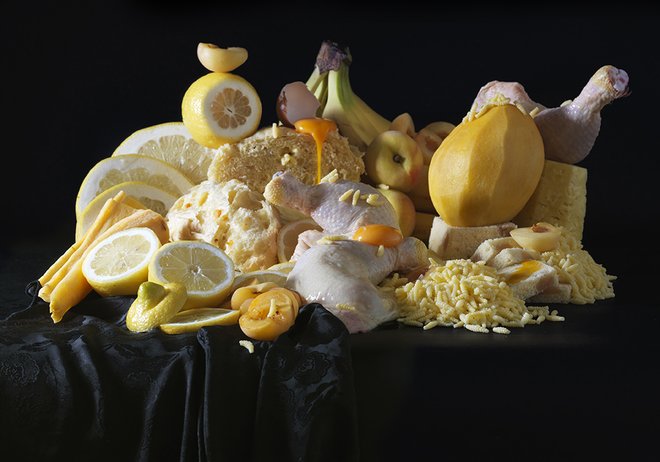The Design Of Food
Why does a “Semmel” bread roll have five parts, and why are spaghetti long and thin? What does espresso have to do with the refugees in Traiskirchen, and why – as filmmaker Peter Kubelka would say – do a handful of raspberries taste better than one raspberry? The Viennese architect Martin Hablesreiter provides answers to these existential questions and others. Together with Sonja Stummerer as the artist duo honey & bunny he researches the design of food – in a non-academic academic way.
How did you get involved with food design?
We’re architects, in fact, who studied under Hans Hollein. During our studies we already posed the existential question: “Why does a Semmel have five parts?” Actually, that’s quite stupid ...
... because you can’t break a Semmel into two halves without it leading to a massacre when friends try to share a Wurstsemmel!
Yeah, exactly, that’s a classic. (laughs) In our Semmel research a good 15 years ago we discovered that there wasn’t a single publication about the design of food. A pivotal moment was a working trip to Japan – a wonderland for anyone dealing with the topic, not because the Japanese have such awesome stuff on their plates rather they think about food in a different way than we do in Europe.
“The Japanese are of the opinion that humans are instinctively attracted to white fruit.”
And how do the Japanese think about food?
A typical example: In Japan you are always served food with symmetry and in even numbers: four, six, eight sushi, sashimi, maki. In Europe it is the other way around. We prefer odd numbers. A wedding cake or the aforementioned Semmel is always divided into three, five, seven pieces and so on.
My grandmother taught me that, too. A bouquet should always be tied with an uneven number of flowers.
Our theory is that symmetry has to be 100% in the European mindset, otherwise we might as well make it asymmetrical in the first place. Then it doesn’t matter if the bouquet looks “sloppy”. (laughs)
Taste – why a person likes to smell, taste, see, or hear certain things – is shaped and learned through a cultural background. Perhaps I’ll come out of the closet as a cultural philistine by saying this, but Japanese music simply doesn’t sound good in my ears. Honestly, I prefer Bach.
Japanese food is always served so aesthetically.
Maybe you like the Japanese color concept. In Europe there is a strong view that everyone instinctively chooses red food products because they remind us of fresh, sweet fruit. Here, dishes are always served with red elements. The Japanese are of the opinion that humans are instinctively attracted to white fruit; thus everything is served with white side dishes.
Could it have to do with the climate?
I can only guess. Perhaps they like white so much in Japan because it is the color of their primeval food for survival: rice. There is an incredible cult around rice there.
“Served the Sachertorte cut up into a jillion little cubes along with a case of beer. That was really hard to stomach.”
And we have an incredible cult around bread.
Yes, isn’t that exciting!? I have to tell you something else. Sonja Stummerer and I worked together in the architecture office Arata Isozaki & Associates in Tokyo. In Japan it is customary to give colleagues a small gift when you return from a business trip, a typical food product or an alcoholic beverage that you can share back at the office. One time Sonja and I brought a Sacher cake back from Vienna. All of the sudden the head secretary disappeared with our cake and then came back two hours later and served the cake cut up into a jillion little cubes along with a case of beer. That was really hard to stomach.
Why do we cut our cake into wedges and not into cubes?
Our cakes are traditionally round, symbolic of the family and the community. This practical form allows each person to have the same piece with similar filling, that means the same amount of cherries, cream, and chocolate, et cetera.
So why now does a Semmel bread roll have five parts?
Despite fifteen years of intense research work on our part, I have to admit we still haven’t found the answer. There are no sources that provide information about this. But we do have an interpretation. The Latin Similar – an exact 15-gram white bread roll – already existed at the time of the Romans, which is evidenced, for example, by inscriptions in Pompeii. It was extremely popular. The German word “Semmel” is first mentioned in the 14th century.
Please tell me the secret behind the taste of the universally beloved Semmel!
With baked wares the sensory game between crispy and soft is the main thing. The more surface you have, the crispier and more scrumptious it will be. The handmade roll or Kaiser roll is rolled out like a pizza and folded in with the thumbs. This makes it hollow, and after it is baked it has the maximum amount of crispy surface. Downright clever! But if you just take the pile of dough and mechanically press the star into it, it is simply not the same. A bad tasting Semmel copy of a really fantastic recipe.
“Food is the most vital, culturally and religiously-charged design product in the world.”
Why has bread almost become a religion in the past years in the hipster metropolises around the world?
I think it’s bizarre that the 1st district bourgeois are lining up for a loaf of bread as if we were back in the Eastern Bloc. Wonderful. But you shouldn’t ignore the fact that the majority is feeding on baked goods from ready-made dough: over-salted, too sugary, hard after two days.
Where does these people’s almost manic preoccupation with food stem from? There isn’t a magazine that doesn’t write about food. Vegans, vegetarians, slow food, allergy sufferers… When it’s about nutrition for children, an ideological battle breaks out between bobo parents!
Food has always shaped our everyday and far stronger than we imagine. People are more likely to voluntarily follow table manners than traffic regulations! Personally, I am very happy it has become such a hot topic, at least in the eyes of a designer. Food is the most vital, culturally and religiously-charged design product in the world, which preoccupies all people from all classes and age groups from the beginning of their lives on.
An iPhone – so it seems – has a similar status in the meanwhile...
I guarantee, it will pass, and there’ll still be bread.
Apple – named after a food product, incidentally – will do everything in its power to make sure it doesn’t disappear anytime soon...
It’s the same in the food industry: There are just a couple of big companies that cover 80 to 90 percent of our global daily food needs. They produce behind closed doors. It doesn’t matter to us what goes on in their research and food developing laboratories. It’s totally unclear for the end users. These corporations decide what we eat, and we do not participate. That bothers me a lot.
Yes, we shouldn’t only regain control over our means of production but over our food as well!
You are what you eat. In kindergartens and schools the food for the entire next week is delivered at the end of the previous one. In public educational institutions food cannot be cooked due to hygienic reasons – or more likely because someone is making a lot of money off it… There is a single major caterer that delivers to the majority of the Austrian hospitals. So it is no wonder that the fried chicken is breaded in Thailand and shipped to Austria deep-frozen in a container. That’s where I have a personal problem, in labor law, ecological, and animal rights regards!
“Eating is an act that connects all living beings.”
In the Media we hear about famines and refugee tragedies. We’re talking about food design here. Isn’t it decadent?
Many people ask me: Don’t you have other problems? But it IS the answer to many big problems! Food is politics. It is about our freedom – like I said, it’s about labor law, animal welfare, and ecology. For the coffee in front of you 140 liters of water had to be used in Africa or somewhere in South America. In some of these countries there are massive cases of farmland robbery; the people are dying of thirst and hunger. That’s the reason, among others, why refugees are coming over the Mediterranean and thousands drown. Trade with water and food is a huge market.
Every person turns eating into a ritual – when they’re not totally starving at the moment. Everyone designs food in some way. Why?
Eating is an act that connects all living beings. The act of modifying food distinguishes us from animals. The design of food is the oldest form of art. We try to improve the food we find sensually, to heighten the pleasurable experience. There’s a famous saying by Peter Kubelka: “A handful of raspberries tastes better than one raspberry.”
Doesn’t food also have to function – raspberries cooked to a jam can be spread easier on bread than the raw fruit.
There wouldn’t be any cities when humans weren’t capable of transporting, conserving, and distributing food from the rural areas. In the port of Rome there was a gigantic bakery, almost industrial. Corn came on the galleys from Egypt and was baked on the spot. Egypt wasn’t conquered because of the beautiful Cleopatra but because of the corn. (laughs) The Romans were masters of providing for themselves on their conquests, while the Crusaders were regularly starving and had to constantly raid one or the other village. Suddenly, the relatively hard to digest corn becomes edible. It is conservable, you can stick it in your pocket and take it over the mountain. Also spaghetti are super. They taste great, last forever, and are very nutritious.
Why are they so long and thin?
In Sicily they hung them in the dry wind. The long strings offered the maximum volume and the least chance of being blown off the line.
But food is not just functionally designed, right?
Right. The crescent-shaped Kipferl pastry came to Vienna during the Turkish Siege; it was actually a sacrifice to the moon god Selene. The Striezel braided yeast bread is a variant of a human sacrifice. In Bavaria you used to give a Striezel to your beloved one as a gift. It meant: “I want to have a baby from you!” Not a baby but what happens before. (laughs)
Apropos: How are your children’s table manners?
It is more important to us what they eat than how they eat. But we won’t reveal just how much we like to play with our food as honey and bunny.

